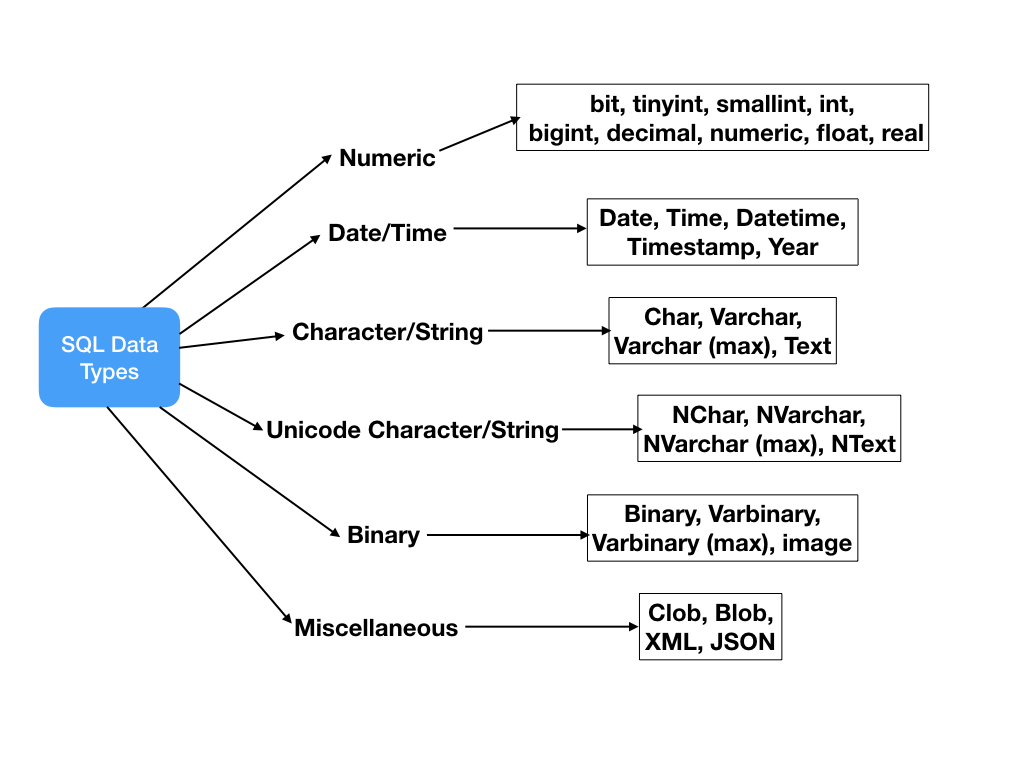What Are The Different Types Of Locks In Sql Server Each transaction requests locks of different types on the resources such as rows pages or tables on which the transaction is dependent The locks block other transactions from modifying the resources in a way that would cause problems for the transaction requesting the lock The SQL Server lock counters in the Windows Performance
Acquire locks in a consistent order Deadlocks can often be avoided by acquiring locks in a consistent order across all transactions This reduces the chances of circular dependencies between transactions Use appropriate lock types Use shared locks for read operations and exclusive locks for write operations Avoid using higher level locks Solution Locking is integral to the successful processing of transactions in any relational database management system RDBMS worth its reputation It is important in SQL Server that transactions pass the ACID test Durable the RDBMS will maintain a record of uncompleted transactions in the event of recovery during a failure
What Are The Different Types Of Locks In Sql Server

What Are The Different Types Of Locks In Sql Server
https://static.wixstatic.com/media/098007_19d4ca225d88466c9b04b730b8c4555e~mv2.png/v1/fill/w_614,h_614,al_c,lg_1,q_90/098007_19d4ca225d88466c9b04b730b8c4555e~mv2.png

Types Of SQL Joins Differences SQL Code Examples
https://vitalflux.com/wp-content/uploads/2023/01/SQL-Joins-explained-using-Sets.png

Premium AI Image There Are Many Different Types Of Locks In A Room
https://img.freepik.com/premium-photo/there-are-many-different-types-locks-room-generative-ai_927978-21842.jpg?w=2000
The SQL server MSDN page has a reasonable explanation An intent lock indicates that SQL Server wants to acquire a shared S lock or exclusive X lock on some of the resources lower down in the hierarchy For example a shared intent lock placed at the table level means that a transaction intends on placing shared S locks on pages or rows Row Lock A row lock is the lowest level of granularity of locking possible in SQL Server This means one or more specific rows will be locked and the adjacent rows are still available for locking by concurrent queries Page Lock A page lock in SQL Server will lock 8K worth of data even when your query only needs 10 bytes from the page
Applies to SQL Server The SQLServer Locks object in Microsoft SQL Server provides information about SQL Server locks on individual resource types Locks are held on SQL Server resources such as rows read or modified during a transaction to prevent concurrent use of resources by different transactions For example if an exclusive X lock Those locks prevent one object to be modified by the different sessions Those locks are always acquired and held till end of transaction Update locks U Those locks are the mix between shared and exclusive locks SQL Server uses them with data modification statements while searching for the rows need to be modified
More picture related to What Are The Different Types Of Locks In Sql Server

9 Different Types Of Locks Their Uses
https://affordablelocksmithfl.com/wp-content/uploads/2023/02/Types-of-Locks.jpg

Types Of AI What Are They
https://readitquik.com/wp-content/uploads/2023/01/7types-ai-01.png

Lock A SQL Table Manually Forcefully Guruji Point Code You Want
https://3.bp.blogspot.com/-J_Ic5QpITxw/WXeKOtn9FjI/AAAAAAAABWA/YxQKB_bb_u4Cu93cJyj3jcuxdD13VCuBgCLcBGAs/s1600/gurujipoint_lock.jpg
Conversion Locks SQL Server converts lock types to support multiple queries in a transaction These locks are known as conversion locks SIX Shared with Intent Exclusive lock The SQL Server transaction holds a shared lock on several pages and has an exclusive lock on several rows SIU The SQL Server transaction holds a shared lock on several pages and has an Update lock on several rows GO Step 2 Set up a trace to capture the blocked process report Run it as a server side trace It should contain one event Errors and Warnings Blocked Process Report It needs just two columns Text spid This sample server side trace will run for five minutes and automatically stop You must change the path to a valid directory SQL
It will provide an overview of the major lock types in SQL Server explain their compatibility and finally demonstrate how different transaction isolation levels affect the lifetime of the locks in the system Major Lock Types SQL Server uses locking to support the isolation requirements of the transaction Every lock in a nutshell is an SQL Server uses locks to control how multiple transactions interact with the same resources simultaneously Let s discuss the various types of locks in SQL Server Shared Locks Shared locks are used when a transaction wants to read a resource These locks are non exclusive meaning that multiple transactions can hold shared locks on the same

Locks In SQL Server To Manage And Control Transaction Concurrency
https://codingsight.com/wp-content/uploads/2021/08/Manage_Transaction_Concurrency_using_locks_878х700_3.png

Sql List Columns And Types Printable Online
https://journaldev.nyc3.digitaloceanspaces.com/2017/11/sql-data-types.png
What Are The Different Types Of Locks In Sql Server - The SQL server MSDN page has a reasonable explanation An intent lock indicates that SQL Server wants to acquire a shared S lock or exclusive X lock on some of the resources lower down in the hierarchy For example a shared intent lock placed at the table level means that a transaction intends on placing shared S locks on pages or rows